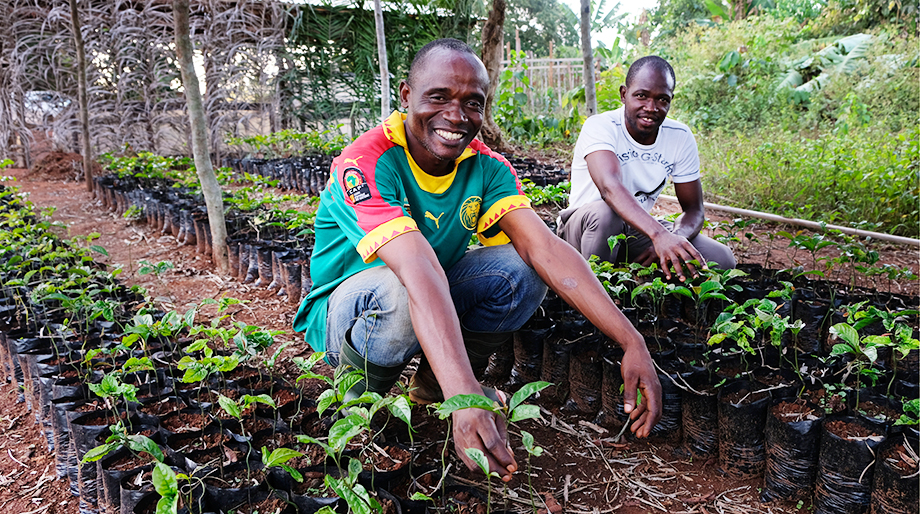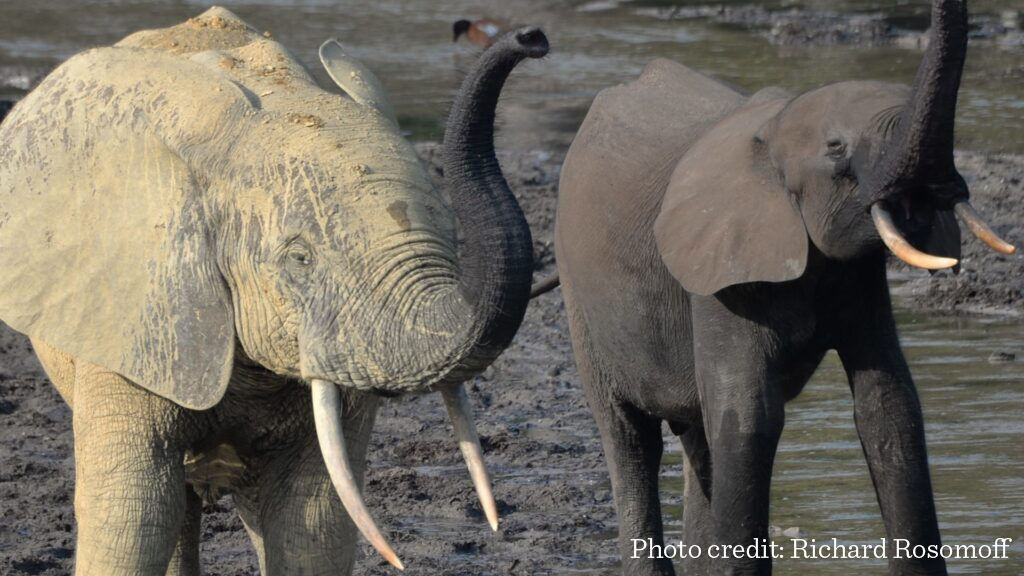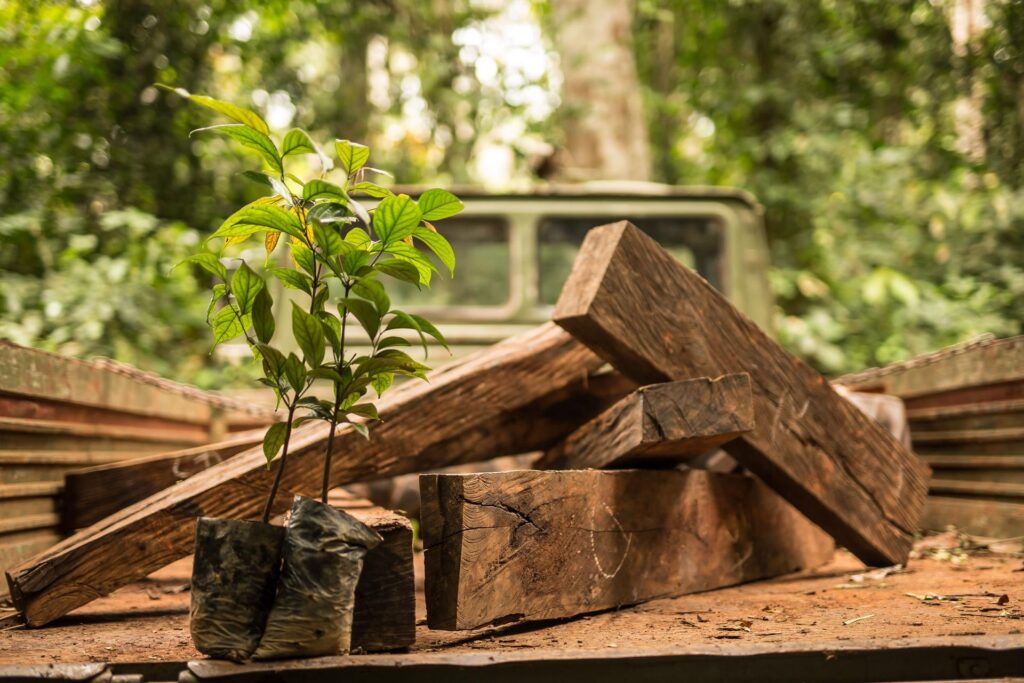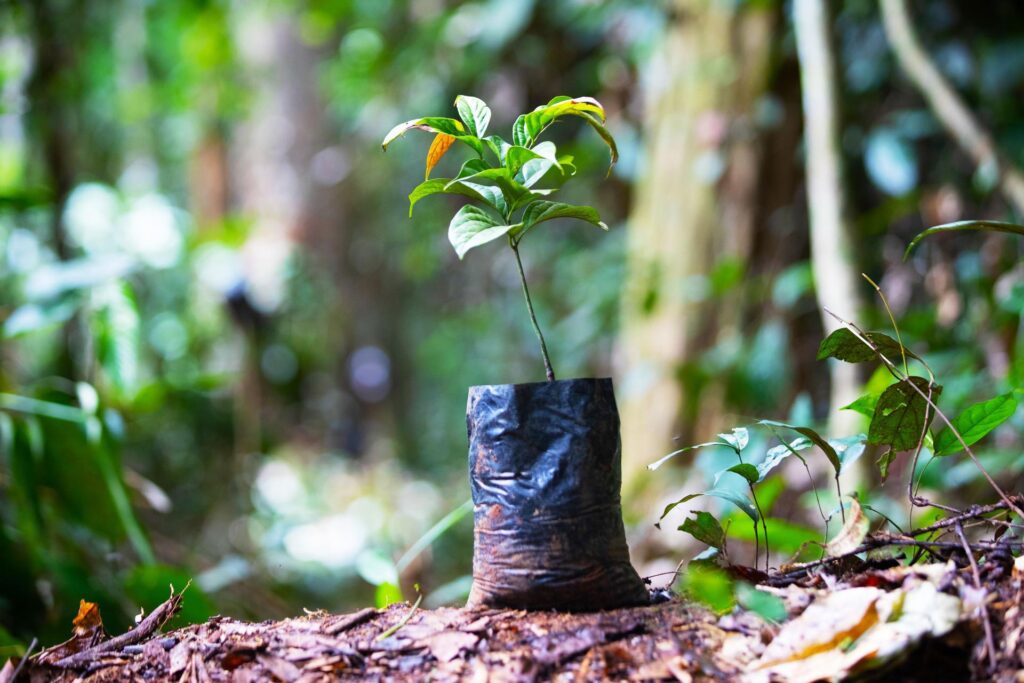With Taylor embarking on reforestation efforts in Cameroon and Hawaii, Scott Paul explains the politics of forest restoration and why Taylor’s timing might be ideal.
I arrived in Washington, D.C. in 1993 and began my professional career working in environmental politics. Anyone involved with international forest policy in the 1990s was likely working on certification, an emerging concept that sought to set third party management standards for active forestry operations. The idea was (and still is) that a consumer would choose a product that had an ecolabel over one that did not, if it assured you that the product originated from a well-managed forest. Think Gifford Pinchot meets the Good Housekeeping Seal of Approval. The Forest Stewardship Council was born at this time, and for a decade certification overshadowed much of the global forest policy dialogue.
In the early 2000s the concept of illegal logging eclipsed certification and became the pressing discussion of the day. Its emergence was sudden, as for years the topic had been taboo in international policy circles. Simply put, the subject was not suitable to formal diplomatic niceties because in many parts of the world, the practice was too closely associated with official government corruption. That all changed literally overnight on June 22, 1997, when at a G8 Summit in Denver, Colorado, the participating governments declared they would “eliminate” illegal logging. It’s a long story, but suffice it to say that for much of the next decade, conferences, seminars and workshops met to define and address illegal logging. In 2008, the U.S. amended the Lacey Act, making it a crime in the U.S. to import wood that was illegally sourced in another country. A few years later, in 2012, the European Union followed suit, passing its own legislation. Australia and Japan have since done the same.
The politics of climate change, along with the simple fact that growing trees sequester carbon, have combined to shove the subject of reforestation onto the main stage.
More recently, the concept of “zero deforestation” corporate polices has captured the political zeitgeist. According to a highly cited Climate and Land Use Alliance report from 2014, commercial agriculture now drives 71 percent of tropical deforestation, and it has become imperative that corporations that source large volumes of traditional deforestation drivers such as palm oil, soy or beef purchase these commodities from suppliers who are not converting primary forests to farmland. Corporate zero deforestation commitments have been around for well over a decade, but in 2014 the concept took a twist when governments, private companies, and civil society groups signed the New York Declaration of Forests at the United Nations Secretary-General’s Climate Summit. The Declaration is a voluntary, non-legally binding pledge to halve the rate of deforestation by 2020, to end it by 2030, and to restore hundreds of millions of acres of degraded land. A year later, in 2015, largely due to years of pressure from activist organizations, literally hundreds of companies involved in the Southeast Asian palm oil trade announced some sort of new policy. Looking back at these two events, it’s fair to say that while lofty words do not always become universal action, the first step of any good 12-step program is recognizing you have a problem.
At each of these moments, when the international forest policy community began to grapple with new or evolving concepts, conferences, seminars and workshops were convened. Budgets were reallocated, new definitions created, reports drafted, and arguments ensued. It’s really complicated stuff — it takes time to figure out how to balance social, environmental and economic needs across cultures, traditions, and markets.
Taylor Reforestation Projects
Currently there is a growing sense that forest restoration and reforestation are becoming major themes within international forest policy circles. It’s a long overdue conversation that has been historically sidelined due in part to the simple fact that there has traditionally been little financial incentive. This is particularly true in the tropics, where conventional wisdom says that it can take hardwood trees like mahogany, rosewood, sapele and ebony more than a human lifetime to reach maturity.
But recently things have started to change, and an increasingly sophisticated conversation has begun. Once again, budgets are being reallocated, conferences are being held, and reports written. Why now? Perhaps because crisis is indeed the mother of invention. We have 7.6 billion people on the planet, all in need of food, fiber and fuel. Additionally, the politics of climate change, along with the simple fact that growing trees sequester carbon (standing forests preserve carbon), have combined to shove the subject of reforestation out onto the main stage. And by a strange confluence of events, Taylor Guitars finds itself, in our own small way, in the middle of this emerging conversation.
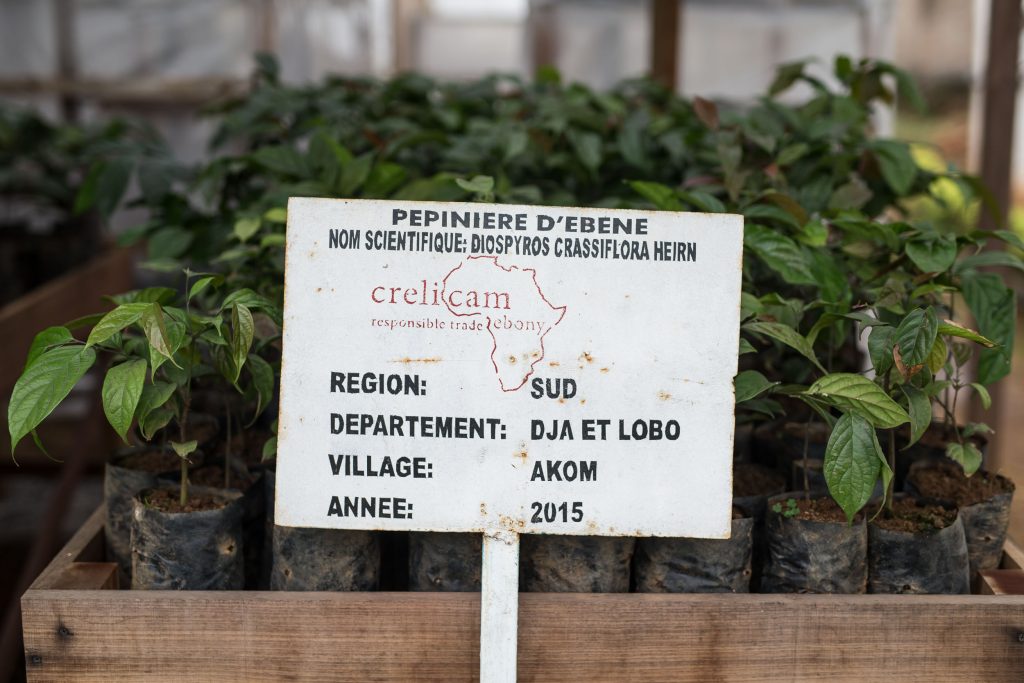
Why us? For one, Taylor likes to make guitars from wood, and we’re looking to the future. Compared to other industries, guitar makers don’t use a lot of wood, but we do tend to source from the four corners of the globe. We also have Bob Taylor, who, quite simply, dreams of leaving more than he takes. Additionally, and perhaps most importantly, the company is fortunate enough to be in a position to act. For example, we use West African ebony for our fingerboards and bridges, and we use Acacia koa for backs, sides and tops. So, a few years ago we started the Ebony Project in Cameroon, and partnered in Paniolo Tonewoods in Hawaii. The two projects are different in almost every way imaginable, yet their core commonality is the simple act of reforestation.
Will it work perfectly? I don’t know. But we’re going to try, and we aim to be an example for others. I teased Bob Taylor once that we’ll never know if we succeed, since we’ll both be long dead, and he said: “Today Taylor Guitars buys mahogany from Fiji that some long-dead British guy planted 80 years ago. Someday I want to be a long-dead American guy who planted trees that someone will make guitars from in the future.”
The Ebony Project
The Taylor-funded Ebony Project is run out of the Congo Basin Institute (CBI) in Yaoundé, Cameroon. The project seeks to better understand the basic ecology of West African ebony (Diospyros crassifloria Hiern) in its native habitat, the tropical rainforest of Africa. It has a preliminary goal of planting 15,000 trees at the community level. The project is only a year old, but CBI scientist Dr. Vincent Deblauwe is already making important discoveries, and the first village-level plant nurseries have now been established. Over 1,400 ebony trees were planted in the 2018 April rainy season, and more will be planted in the fall when the rains come again. In the near future, fruit and medicinal trees multiplied by the community members themselves will be planted with the help of the project.
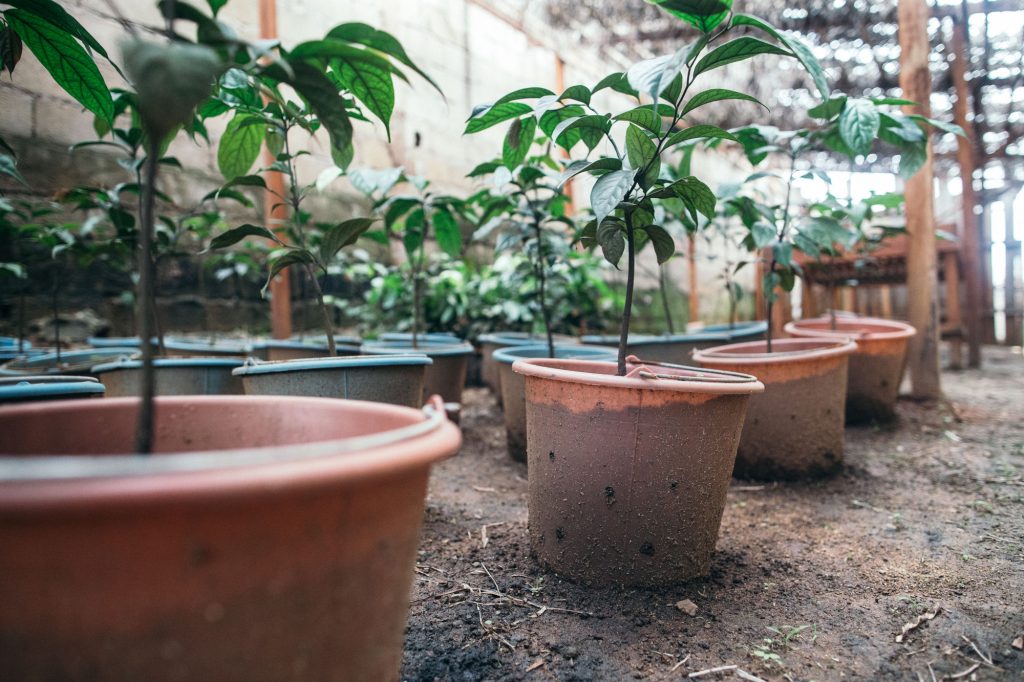
In the grand scheme of things, the Ebony Project’s capacity is small, but we believe the concept can scale up. It’s an innovative and relatively simple approach that we’d love to see grow. You might recall my report in the last issue that in November 2017 Taylor Guitars signed a Public-Private Partnership with the Cameroonian Ministry of Environment, which pledges to study the feasibility of scaling-up the Ebony Project. If deemed feasible, the Cameroonian government will do so. In the meantime, we’ll just keep doing what we’re doing.
Acacia Koa in Hawaii
Since 2015, Taylor Guitars has been sourcing koa via Paniolo Tonewoods, a partnership set up with our friends at Pacific Rim Tonewoods of Washington State. Paniolo works with innovative landowners in Hawaii, including Kamehameha Schools and Haleakala Ranch, both of whom are historical landowners, whose holdings include large areas of pastureland as well as residual stands of trees. Kamehameha Schools (since the 1970s) and Haleakala Ranch (since the 1980s) have been spearheading koa reforestation in Hawaii. To increase the pace of reforestation, both landowners began to work with Paniolo Tonewoods to harvest dead, dying and malformed trees that were stunted from cattle grazing, or were simply in decline, to make guitars. The harvest of these low-grade trees has long been seen as a commercial non-starter in Hawaii. However, Paniolo Tonewoods was able to find the guitar wood in these trees. The wood from these trees has become thousands of guitars. Our reforestation and restoration efforts are in their infancy, but Paniolo has made progress in developing elite lines of koa, or cultivars (short for cultivated varieties, and in this case the product of selective koa breeding) that will be especially suitable for instruments.
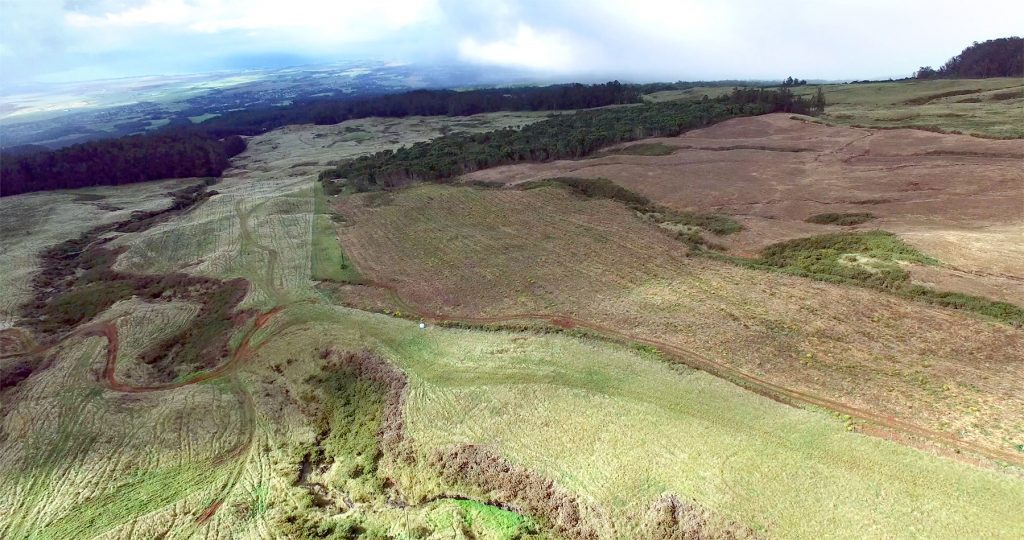
Paniolo’s reforestation efforts recently got a jump start when Bob Taylor purchased a 565-acre tract of rolling pastureland on the Big Island, which will be leased to Paniolo. Before the introduction of cattle in the 1800s, this property, which Bob has named Siglo Forest (which means “century” in Spanish) was a thriving koa and ohia native forest. Paniolo intends to reforest this land with koa and other native species, but with a special emphasis on growing wood for guitars. We estimate that, beginning 30 years from now, this land will be able to sustain an annual production of wood (120,000 board feet) that would exceed Taylor’s annual needs by three times.
These efforts are just a start. They demonstrate both commitment and action — which we can build from and perhaps enlist other companies too. Meeting global restoration or reforestation targets requires many actions taken by many organizations, but Taylor and our partners are now helping to show what can be done, in our small but important way. We’ll keep you posted.
What Is Sustainable Development?
Although the term “sustainability” is commonplace these days, it might surprise you to learn that the concept of sustainable development wasn’t formally defined until 1987. In 1983 the United Nations General Assembly authorized the creation of an independent organization to research the world’s environmental and developmental challenges and explore possible solutions. First known as the World Commission on Environment and Development (WCED) and later the Brundtland Commission, the group published a document in 1987 titled “Our Common Future,” also known as the Bruntland Report, in which sustainable development was defined as “development that meets the needs of the present without compromising the ability of future generations to meet their own needs.” As commonly understood, the three main pillars of sustainable development include economic growth, environmental protection, and social equality.
Scott Paul is Taylor’s Director of Natural Resource Sustainability.
























